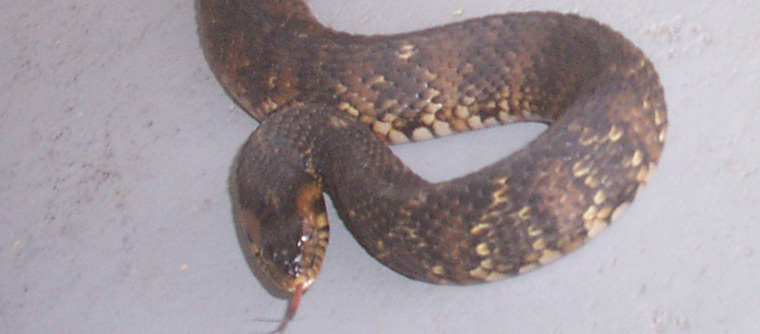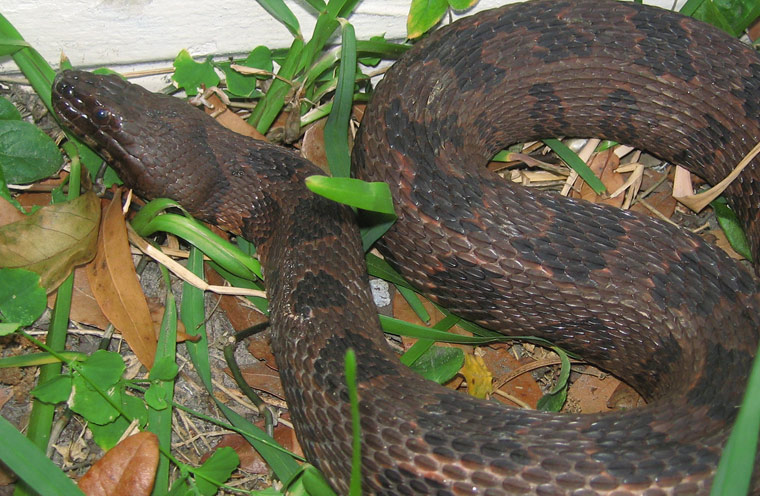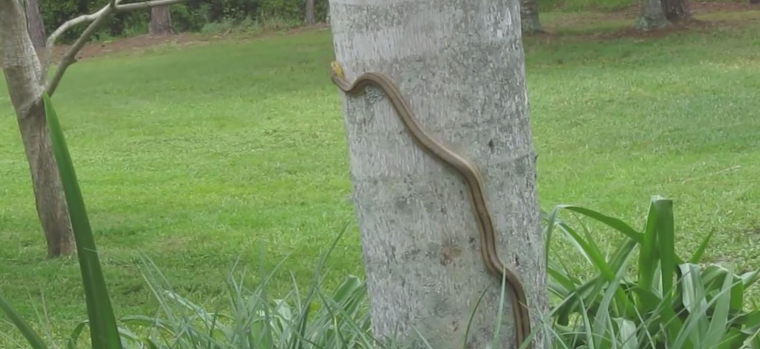-
info@aaanimalcontrol.com
Call us for help in your town
Humane Wildlife Education
Finding and removing snakes in the wall
Need snake removal in your hometown? We service over 500 USA locations! Click here to hire us in your town and check prices - updated for year 2020.
There are many times where you may find that some kind of critter has worked its way into your home. It seems that birds, raccoons, squirrels, and other kinds of animals find that your house will make a perfect home for them.

What makes the challenge even a little more daunting is when they have discovered a way to get into the walls of your house. You clearly don’t want them in any portion of your home, but when they have made their way into the walls this can make it quite difficult to discover them and read them from your house.
While these animals are a challenge, it becomes a lot bigger of a struggle when the animal you are trying to discover and rid yourself of is a snake. Because of the small size of a snake in the fact that it does not normally create a large amount of noise, it can be very difficult to find a snake and rid it from your property. That does not mean that it is impossible, however.
Where you want to begin is by doing a search around your house to see if there are any openings that would allow a snake to gain access. This includes such things as a crack in the siding, a loose board, or even a hole of some kind. Keep in mind that it does not take very much of an opening for a snake to find its way in.
If you have discovered a spot like this that it is likely that at least some kind of animal has made its way into your house. This can include a snake.
Your next step is to try to see if you can be accurate in where the snake may be. The likelihood is that it is not far from where the entryway is that allowed it to gain access into your house. While they do not make a large amount of noise, a snake still does make noise. When you have your home as quiet as possible want to do is listen to see if you can hear any wrestling around in the wall. The snake will not make a lot of noise again, but it will make some noise to try to shift or to locate a place to find food.
If you are still having trouble locating the snake and you just want to make sure that it does not regain access into your home, then the best option is the use of a one-way exclusion funnel. All you have to do with this is place it over the entryway that the snake is using and let it do the rest. The snake can get out of the funnel and into the outside, where it will serve for food, but it cannot regain access back through the funnel. This will rid you of your problem and you will not have to worry about the snake being in your home any longer.
Can Snakes Climb Stairs or a Wall?
Need snake removal in your hometown? We service over 500 USA locations! Click here to hire us in your town and check prices- updated for year 2020.
It seems that snakes can get into the weirdest of places, even the upper levels of your home in some cases. Can snakes climb stairs or a wall? It's very rarely been seen but it clearly can happen. How else would these serpents get into the weirdest spots of your home or building?

Not al snakes are great at climbing, of course, but there are many species of snake who actually spend most of their lives hanging around in the trees. If they weren't half decent at climbing, they wouldn't be able to get up that high.
The truth of the matter is that most snakes can climb almost any surface as long as it has something to grip on to. It could be the small gap between concrete blocks, for example, or a bannister. If they can climb trees then your stairs aren't going to pose too much of a problem, and many pet snake owners have shared images and videos of their snakes seemingly gliding across walls or up stairs.
What could be encouraging these snakes to head on upstairs? Rodents, more than likely. Your attic is usually one of the hardest hit areas of your home when it comes to rodent infestations, and that's why these snakes are going up there. They're simply chasing after the rodents because they make up the bulk of their daily diet. It is a relatively uncommon occurrence, but seemingly more common these days with the introduction of more non-native snake species.
If you believe that you do have a snake up in your attic, or you have seen a snake (or evidence of it) in your home and believe it could have done upstairs or into the attic, we do not recommend going hunting after it. This can be a very dangerous process, especially as six of the species of snake you'll find in the USA are venomous. These slithering serpents are well known for getting into the tightest of spots, and you might not even know you are close to one until it is too late and you have stepped on it or similar. By that point, it not only has enough time to bite you, but also to inject whatever venom it has into your body. The Eastern diamondback rattlesnake, for example, has a bite that is fatal in between ten to twenty percent of all bite cases, making it one of the deadliest venomous snakes in North America.
Do snakes climb trees?
Need snake removal in your hometown? We service over 500 USA locations! Click here to hire us in your town and check prices- updated for year 2020.
There are actually a few species of snake that spend the majority of their life in trees, such as the brown tree snake. Although a snake not commonly found in the United States, it is an invasive species that seems to have accidentally found itself on an adventure around the world. Originally found in coastal Australia, specifically the northern and eastern coasts, Papua New Guinea, some of the islands in the northwestern Melanesia area, and easterly areas of Indonesia, the snake has managed to hop on a ship (it is believed) to Hawaii, Guam, and even as far as Texas in the US. It is unlikely that you will see this invasive (and very mildly venomous to humans) snake species, of course, but it's not the only one that likes to spend its time in trees.

Snakes have very powerful bodies, and climbing a tree or, rather, slithering up a tree, seems to be no problem to them. They wrap their powerful bodies around and force themselves upwards, allowing them to actually cover vast distances in no time at all when they really want to put their back into it. Not that they have a back, of course.
It may seem like a lot of hassle for a snake that's only a few inches off the ground and, for the most part, relatively undetectable, but there are some advantages to spending your time in the high branches. There are food types up there that you just won't get on the ground, such as squirrels, birds, bird eggs in nests, and more. The branches of those trees also offer more protection to the snake than being down on the ground. There are plenty of predators down there, but the trees seem to be a much safer place. Different species will have different reasons for spending their time up there in the air, and the species type and reason will also define how their bodies are made, and how fast or easy they find it to get up to the higher levels of a tree.
For more information, you may want to click on one of these guides that I wrote:
How much does snake removal cost? - get the lowdown on prices.
How to get rid of snakes - my main snake removal info guide.
Example snake trapping photographs - get do-it-yourself ideas.
Snake job blog - learn from great examples of snake jobs I've done.


















